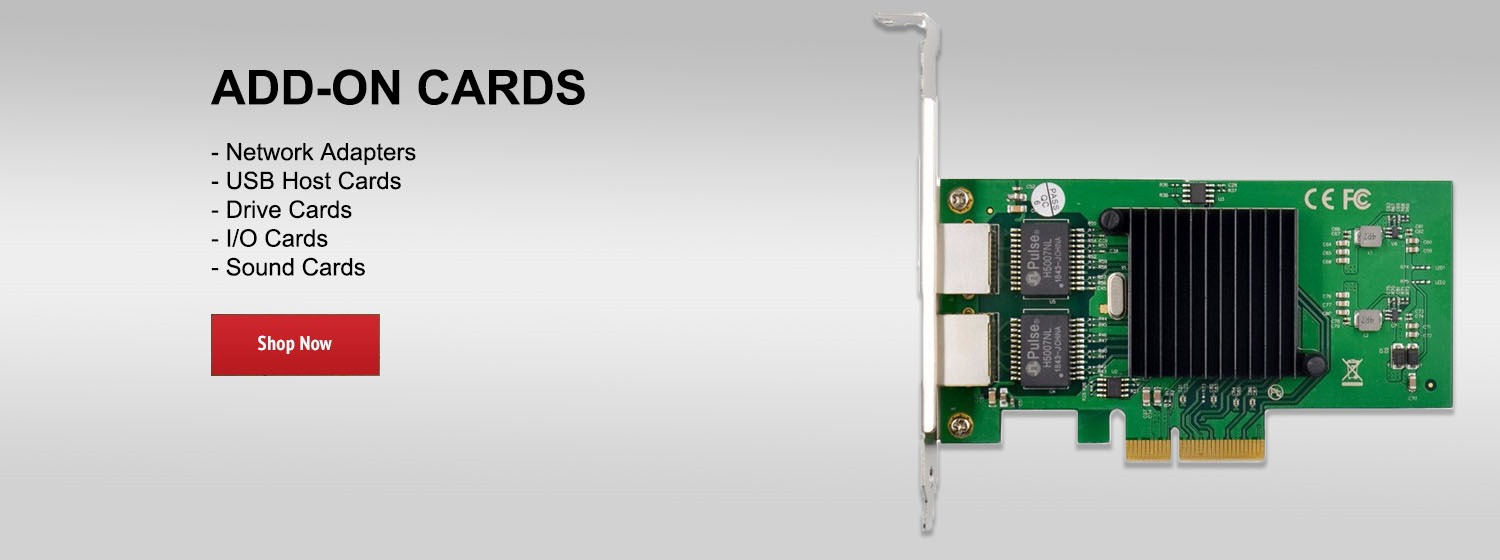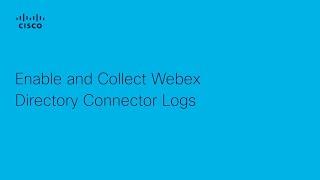Learn how various CA Workload Automation CA 7® Edition command outputs and detailed reports can be used to create easy to understand graphs for a “D.I.Y.” performance review of the main areas of CA 7 processing and will provide an insight into analyzing the information produced in order to help obtain optimal CA 7 performance.
During the session, we looked into creating graphs for the reporting and analysis of:
- CA 7 Database usage to determine whether there are changes that could reduce the overhead of CA 7 by minimizing inefficient data access processing, help improve user response time and speed the throughput of jobs in the system
- CA 7 Queue file activity to minimize poor I/O performance of the CA 7 Queues which can cause delays in workload throughput and impact on the operational management of that workload by increasing query and command response time
During the session, we looked into creating graphs for the reporting and analysis of:
- CA 7 Database usage to determine whether there are changes that could reduce the overhead of CA 7 by minimizing inefficient data access processing, help improve user response time and speed the throughput of jobs in the system
- CA 7 Queue file activity to minimize poor I/O performance of the CA 7 Queues which can cause delays in workload throughput and impact on the operational management of that workload by increasing query and command response time
- Category
- Broadcom
- Tags
- workload automation, ca 7
Be the first to comment







